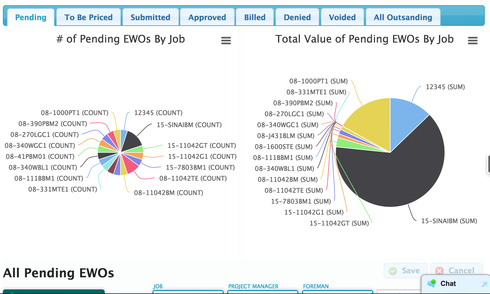Is there any way to limit the number of categories in a visualization? Or would I have to create a specific model just for the visualization? For example, let’s say I have a model and a table showing all open opportunities. I would want to display a pie chart that breaks down only the top 10 accounts by opportunity potential, instead of the chart displaying every single account. OR it could group all the smaller ones together.
Question
Limit the number of categories in a visualization?
 +5
+5This topic has been closed for replies.
Enter your E-mail address. We'll send you an e-mail with instructions to reset your password.








